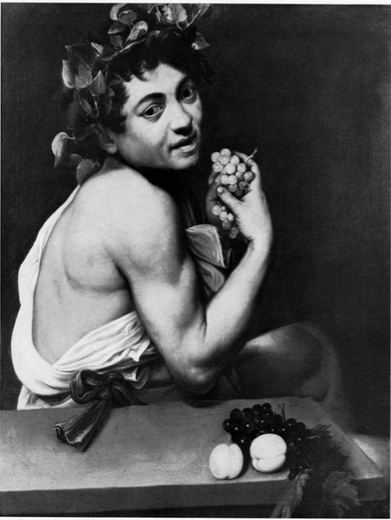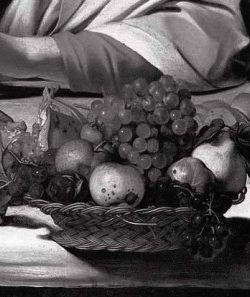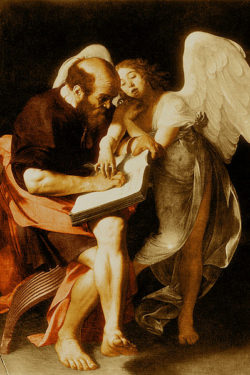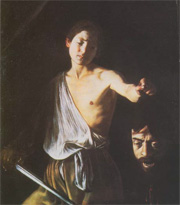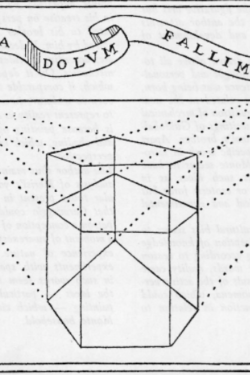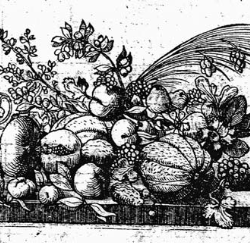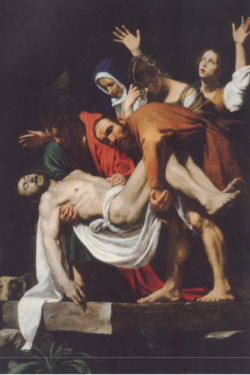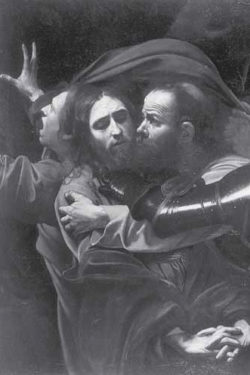Descrizione
Storia dell’arte 9/10, Gennaio – Giugno 1971
Christoph Luitpold Frommel
Caravaggios Frühwerk und der Kardinal Francesco Maria Del Monte
The imagery of Caravaggio’s first works presents a remarkable organic coherence. In the sensual expression of the «Young Bacchus», probably a self-portrait, Caravaggio reveals an aspect of his savage and instinctive temperament. He has discovered the Bacchic element in himself and has given it artistic farm. In a similar manner, one can interpret the later mythological scenes. For example the «Bacchus» of the Uffizi where he reveals his friend Minniti as a feminine, orientai Bacchus; or in the Berlin «Amor», where a young model inspires in him a new, but at the same time more ancient interpretation of Eros.
Caravaggio appears no less “existential” in the other works of his youth. In two of his first religious works, the «Ecstasy of St. Francis» and the «Rest on the Flight to Egypt», we are offered interpretations of the subject which cannot be explained by reference to tradition, but only by his character and biography. In both pictures one of his favorite models of those years poses in the garb of an angel. Caravaggio needs such a medium as the angel, with its lyrical and erotic quality, to find an «existential» way of approaching the traditional themes. With this sensual and erotic interpretation of religious subjects, he provides some points of contact with the writings of François de Sales and the mysticism of Teresa of Avila, for whom Cardinal del Monte held a «laudatio» on the occasion of ber canonization. Thus Caravaggio prepared the ground for later works such as Bernini’s «St. Therese» in Santa Maria della Vittoria. The same young models also appear in the semi-mytbological and genre paintings of the early period. Caravaggio probably took these subjects from Northern and Dutch painting, later to abandon them completely after working on the Contarelli chapel. In works of this kind there is an evolution from the level of the lyrical and erotic («Boy with a basket of fruits», «Boy peeling a pear», «Medusa») towards an increasing polarization. At first he contrasts his youthful models with the figures of tricksters, like the accomplice of the «Cardsharks» or the «Fortune Teller», and lends the character of a mime-show io the game of action and reaction played out within the picture. In the «Boy bitten by a Lizard» and the «Medusa», the mime-show becomes drama. The antagonist becomes something dangerous and menacing. There begin the long series of scenes of torture and death which have, once again, parallels in Caravaggio’s actual life. The ceiling of the Casino Ludovisi, painted with mythological scenes, can be considered as part of this evolution, because even here Caravaggio, as in other works of the years 1596/97, seems to be experimenting with the pre-dramatic effect of the mime-show. As in other paintings with a mythological or religious theme, he tries to penetrate — though without as much success — the elemental and thus the existential sphere. In his last works before the Contarelli chapel, Caravaggio becomes more and more interested in the various expressive possibilities of women, perhaps inspired by the wife of his friend Onorio Lunghi. Bui he does not attach a lyrical, erotic feeling to his women, as with previous models, but makes them above all an object of psychological interest («Magdalen», «St. Catherine», Judith», «Martha and Magdalen»). The polarization, the dramatization and the psychological interest create the basis for the great works of his maturity.
